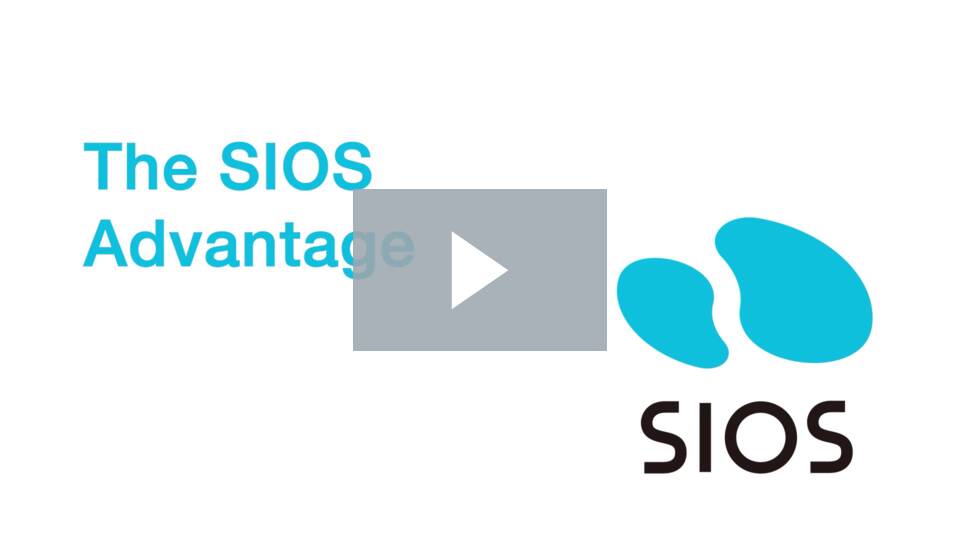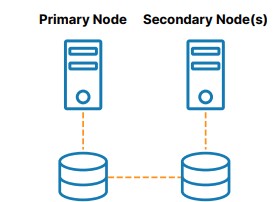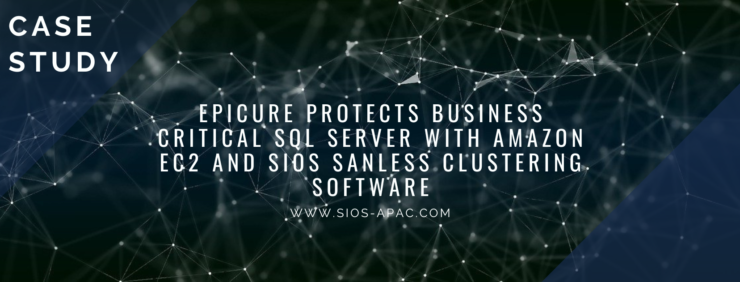| January 28, 2023 |
Video: The SIOS AdvantageVideo: The SIOS AdvantageReproduced with permission from SIOS |
| January 25, 2023 |
Demo Of SIOS DataKeeper For A Three-Node Cluster In AWSDemo Of SIOS DataKeeper For A Three-Node Cluster In AWSThe SQL Server 2016 Standard Edition can be limited as it only supports a single database per Availability Group so is best suited to the smallest environments. While the SQL Server Enterprise Edition does come with more features and capabilities, this is also reflected in the cost. However, there are various options for achieving high availability (HA) SQL Server with the Standard Edition. In this video, Dave Bermingham, our Director of Customer Success, talks about how to configure SQL Server Standard Edition for achieving high availability on AWS. He goes into depth about the challenges people face with the Standard Edition and what options they have. Finally, he gives us a demo of how SIOS DataKeeper can be used for a three-node cluster in AWS, enabling a multi-availability zone cluster as well as a multi-region cluster. Key highlights from this video interview are:
Reproduced with permission from SIOS
|
| January 21, 2023 |
2023 Predictions: Data Democratization To Drive Demand For High Availability2023 Predictions: Data Democratization To Drive Demand For High AvailabilityIn this video of 2023 Predictions, our VP of Global Sales and Marketing Margaret Hoagland shares her thoughts on what will happen in the industry this new year. Hoagland predicts two trends for 2023:
This year, SIOS will continue to focus on
Reproduced with permission from SIOS
|
| January 17, 2023 |
Understanding the Complexity of High Availability for Business-Critical Applications |
| January 13, 2023 |
Epicure Protects Business Critical SQL Server with Amazon EC2 and SIOS SANLess Clustering Software |




